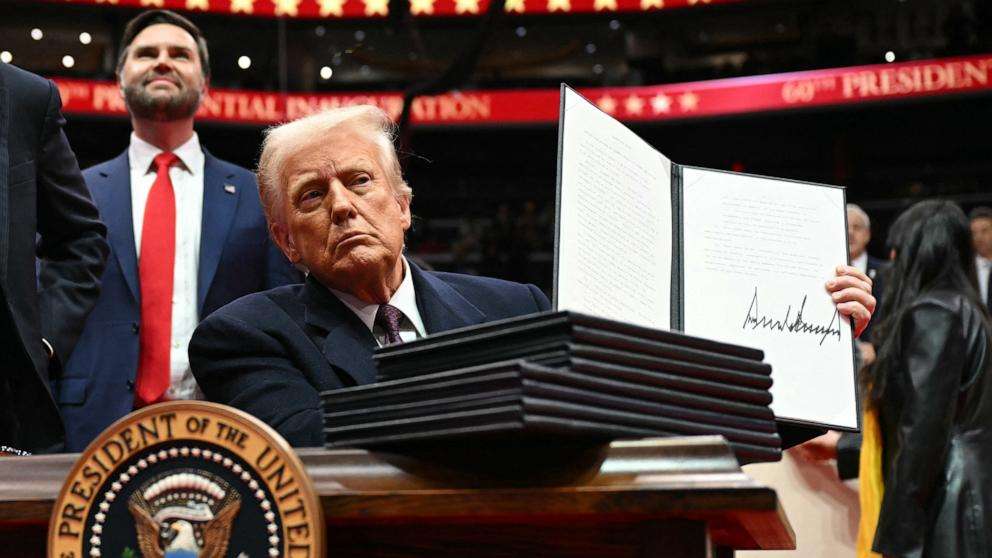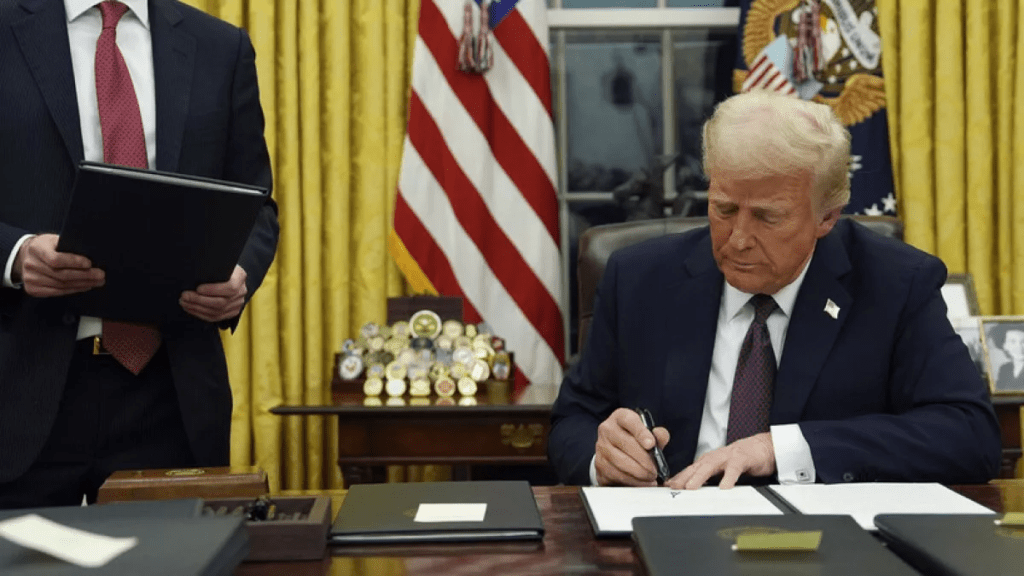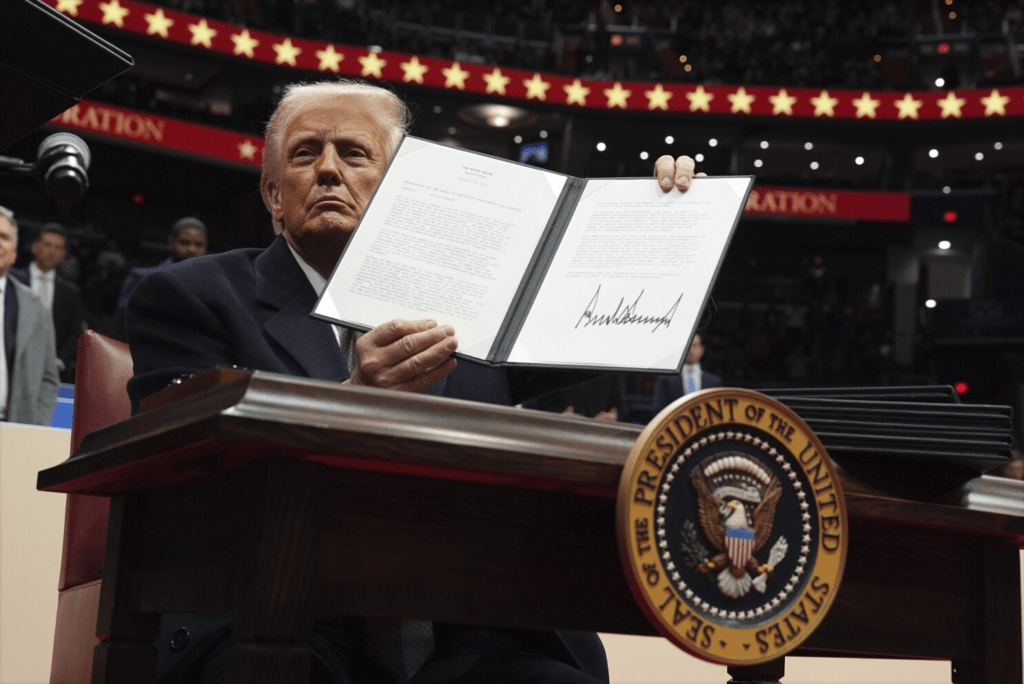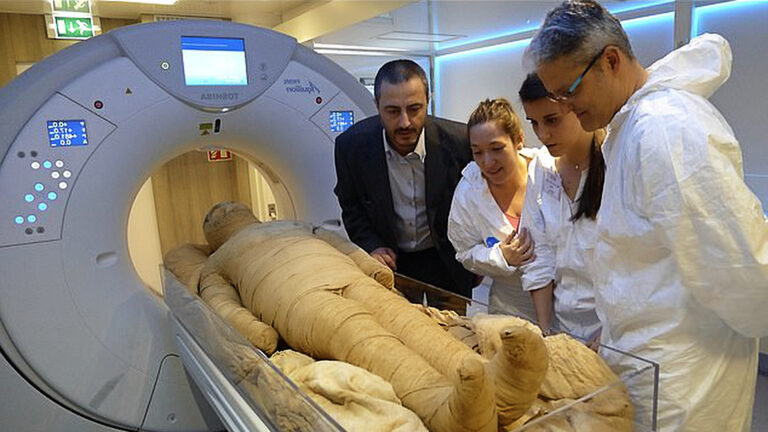Donald Trump’s Executive Orders: A New Era in American Policy

When Donald Trump returned to the White House as the 47th President of the United States, he wasted no time making his mark. As the first person since Grover Cleveland to serve non-consecutive terms, Trump signed nearly 50 executive orders on his first day back in office, setting the tone for a bold new chapter in American policy. These directives, legally binding but not requiring congressional approval, address a wide array of issues—from climate policies to border security. Let’s dive into some of the most significant executive actions Trump has taken.

What Are Executive Orders?
Executive orders are powerful tools that allow the president to direct federal agencies on how to carry out government operations. While these orders don’t require Congressional approval, they can face opposition from lawmakers or the courts. Past presidents have used executive orders to push through policies quickly, often reversing actions of previous administrations. During his first term, Trump signed 220 executive orders, while Joe Biden has signed 160 as of late 2024.
Key Executive Actions on Donald Trump’s First Day
- America First Foreign Policy On his first day, Trump reaffirmed his “America First” approach, directing the Secretary of State to align all U.S. foreign policies with the interests of the nation. This order emphasizes prioritizing American citizens and securing U.S. interests on the global stage.
- National Border Emergency Trump issued an order declaring a national emergency at the southern border, aiming to stop illegal immigration and secure the U.S.-Mexico border. The order details plans to tackle issues like narcotics trafficking, human smuggling, and other criminal activities that threaten national security.
- Ending Birthright Citizenship Another controversial move, Trump signed an order ending birthright citizenship for children born in the U.S. to non-citizen parents. The order sparked debate over its legality, with critics arguing it undermines constitutional rights.
- Protecting the U.S. from Foreign Terrorists In an effort to safeguard national security, Trump directed the reinforcement of the visa-issuance process to prevent foreign terrorists from entering the U.S. The goal is to screen applicants thoroughly before their entry into the country.
- Banning Refugees Trump’s executive order suspends the U.S. Refugee Admissions Program, blocking the entry of refugees until it aligns with U.S. national interests. It allows for case-by-case refugee admissions but only if deemed necessary for national security.
- Defending Free Speech Donald Trump signed an order aimed at protecting free expression, especially online. The order targets perceived censorship on social media platforms and calls for the restoration of free speech on campuses and across the internet.
- Restoring the Death Penalty Donald Trump signed an order reinstating the death penalty for certain federal crimes. This move counters efforts by the Biden administration to reduce the use of capital punishment and aims to protect citizens from violent crimes.
- Energy Independence Donald Trump’s policies focus on promoting energy independence by utilizing the nation’s natural resources, particularly from Alaska. His administration plans to boost the economy by developing energy resources, creating jobs, and securing the nation’s energy future.
- Freezing Foreign Aid In another bold step, Trump froze U.S. foreign aid for 90 days, signaling that assistance would only be given once it aligns with American interests. This move is designed to ensure that U.S. foreign aid supports national priorities.
- Ending Remote Work for Federal Employees Donald Trump mandated that federal employees return to their offices full-time, aiming to end the widespread work-from-home policies initiated during the pandemic.

Conclusion: A Divisive and Transformative Presidency
Donald Trump’s return to the White House has been marked by swift and sweeping executive actions that reflect his combative, “America First” ideology. From border security to energy independence, and even rethinking foreign aid, these orders are designed to reshape the nation’s future. While many of these executive actions are likely to provoke debate and resistance, they also underscore Trump’s commitment to implementing his vision for America, free from the constraints of congressional approval. Whether these actions will withstand legal challenges or be reversed by future administrations remains to be seen, but one thing is certain—Trump is making a bold statement with every signature.






